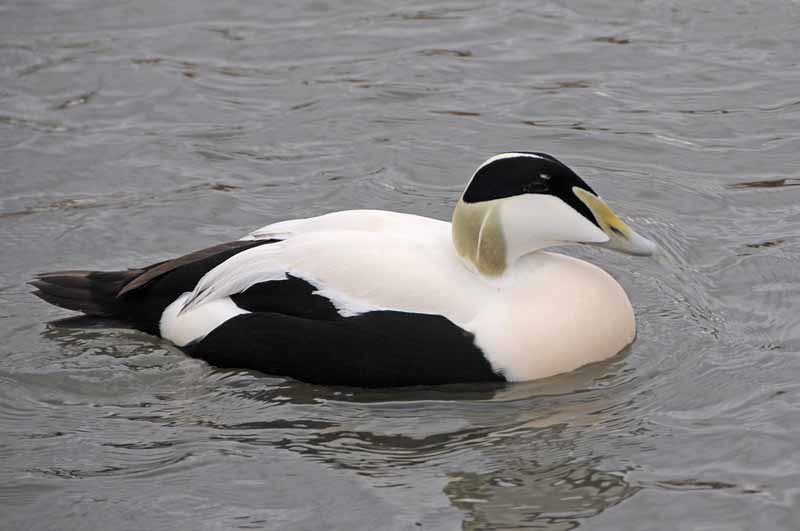|
Brokey
Brokey () is the largest island of Breiðafjörður, Iceland. Brokey has an area 3.7 km² with its highest point 34 m above sea level. Brokey is about 1 km wide and 3.5 to 4.0 km in length. Notable people *Jón Pétursson (1584-1667), a noted falcon hunter and pioneer in raising eider ducks and exploiting them for export. *Hans Becker, a Dane, who was an administrator. He wrote an essay on the restoration of Iceland.References Islands of Iceland {{Iceland-geo-stub ...[...More Info...] [...Related Items...] OR: [Wikipedia] [Google] [Baidu] |
Brokey
Brokey () is the largest island of Breiðafjörður, Iceland. Brokey has an area 3.7 km² with its highest point 34 m above sea level. Brokey is about 1 km wide and 3.5 to 4.0 km in length. Notable people *Jón Pétursson (1584-1667), a noted falcon hunter and pioneer in raising eider ducks and exploiting them for export. *Hans Becker, a Dane, who was an administrator. He wrote an essay on the restoration of Iceland.References Islands of Iceland {{Iceland-geo-stub ...[...More Info...] [...Related Items...] OR: [Wikipedia] [Google] [Baidu] |
Breiðafjörður
Breiðafjörður (, ''wide fjord'') is a large shallow bay, about 50 km wide and 125 km long, in the west of Iceland. It separates the region of the Westfjords (Vestfirðir) from the Snæfellsnes peninsula to the south. Breiðafjörður is encircled by mountains, including Kirkjufell and the glacier Snæfellsjökull on the Snæfellsnes peninsula, and the Látrabjarg bird cliffs at the tip of the Westfjords. Numerous smaller fjords extend inland from Breiðafjörður, the largest being Hvammsfjörður at its southeastern corner. An interesting feature of the bay is that the land to the north was formed about 15 million years ago, whereas the land to the south was formed less than half that time ago. Nature Breiðafjörður has a spectacular land and seascape consisting of shallow seas, small fjords and bays, and intertidal areas, dotted with about 3,000 islands, islets and skerries. The area contains about half of Iceland's intertidal area and tides can be six metr ... [...More Info...] [...Related Items...] OR: [Wikipedia] [Google] [Baidu] |
Iceland
Iceland ( is, Ísland; ) is a Nordic island country in the North Atlantic Ocean and in the Arctic Ocean. Iceland is the most sparsely populated country in Europe. Iceland's capital and largest city is Reykjavík, which (along with its surrounding areas) is home to over 65% of the population. Iceland is the biggest part of the Mid-Atlantic Ridge that rises above sea level, and its central volcanic plateau is erupting almost constantly. The interior consists of a plateau characterised by sand and lava fields, mountains, and glaciers, and many glacial rivers flow to the sea through the lowlands. Iceland is warmed by the Gulf Stream and has a temperate climate, despite a high latitude just outside the Arctic Circle. Its high latitude and marine influence keep summers chilly, and most of its islands have a polar climate. According to the ancient manuscript , the settlement of Iceland began in 874 AD when the Norwegian chieftain Ingólfr Arnarson became the first p ... [...More Info...] [...Related Items...] OR: [Wikipedia] [Google] [Baidu] |
Eider
Eiders () are large seaducks in the genus ''Somateria''. The three extant species all breed in the cooler latitudes of the Northern Hemisphere. The down feathers of eider ducks, and some other ducks and geese, are used to fill pillows and quilts—they have given the name to the type of quilt known as an eiderdown. Taxonomy The genus ''Somateria '' was introduced in 1819 to accommodate the king eider by the English zoologist William Leach in an appendix to John Ross's account of his voyage to look for the Northwest Passage. The name is derived from Ancient Greek : ''sōma'' "body" (stem ''somat-'') and : ''erion'' "wool", referring to eiderdown. Steller's eider (''Polysticta stelleri'') is in a different genus despite its name. Species The genus contains three species. Two undescribed species are known from fossils, one from Middle Oligocene rocks in Kazakhstan and another from the Late Miocene or Early Pliocene The Pliocene ( ; also Pleiocene) is the epoch ... [...More Info...] [...Related Items...] OR: [Wikipedia] [Google] [Baidu] |

_Iceland_M74A1908.jpg)
